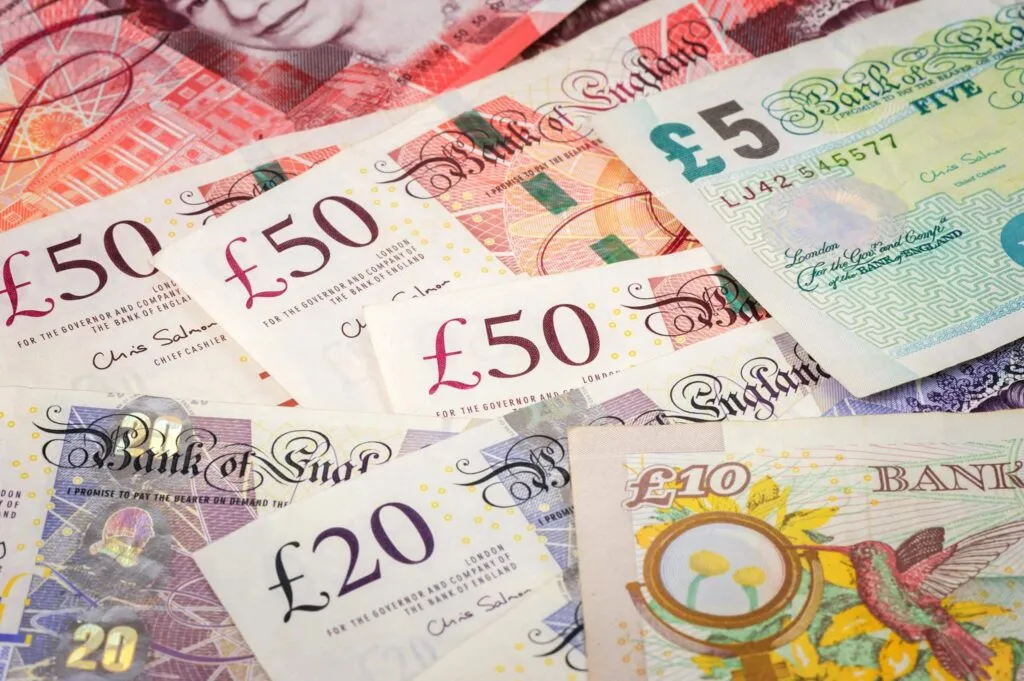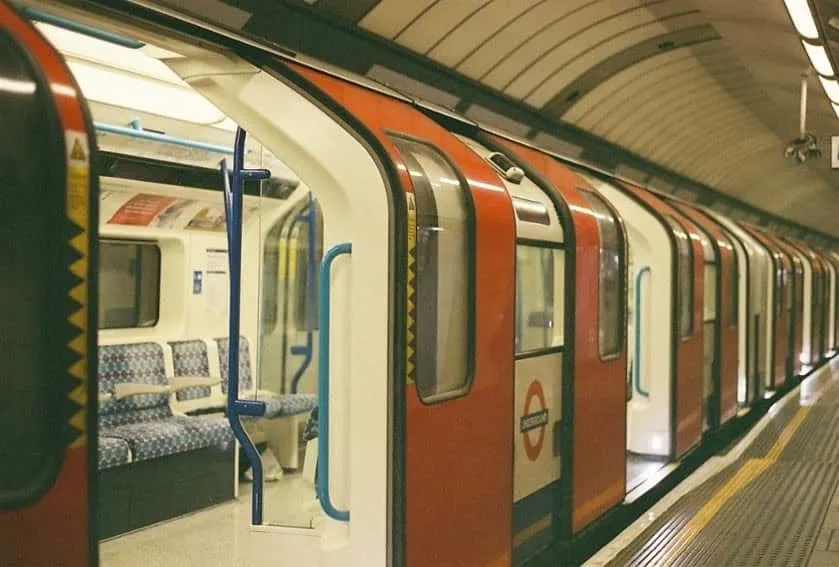From visas and passports to accents and London Tube etiquette, here are our must-know tips to ensure a stress-free trip to the United Kingdom.
The United Kingdom is famous for many things… The Royal Family, Buckingham Palace, James Bond, real ales (or warm beer to many visitors), rolling green hills, welcoming country pubs are just a few things that come to mind.
The UK is actually short-hand for the United Kingdom of Great Britain and Northern Ireland (Great Britain comprises of England, Scotland and Wales, whereas the UK is England, Scotland, Wales and Northern Ireland), and understanding the lay of the land is a good starting point when visiting the UK – it’ll certainly help with understanding some of the accents!
Tourists flock here in the millions; in fact, it’s the world’s eighth biggest tourist destination. So if you’re heading over to ‘Old Blighty’, whether for business or leisure, we’ve gathered some tips from the Brits in the Jayride.com team to help you on your way. Use this checklist handy before you start packing.
1. Check your visa and passport requirements
Citizens from many English-speaking countries do not require a visa when travelling to the UK for tourism purposes, and can generally stay for up to six months visa-free. However, you must check your specific visa requirements prior to travelling. The UK Government website has a tool you can use to check what your visa requirements will be, depending on your country of residence.
Generally, you must hold a passport that is valid for the entire duration of your stay, but again this can differ depending on your country of residence and it is often advised that wherever you’re travelling in the world, you should always have at least six months validity on your passport after the date of your departure. Always stay up-to-date with the latest travel regulations before heading off on any trip.
2. Money, money, money
The UK’s currency is the Pound Sterling, and as with any trip it’s good to have some cash to hand for when you arrive. Having said that, ATMs are plentiful in the UK, and as long as you’ve told your bank that you’ll be using your card overseas, you shouldn’t have any problems withdrawing cash.
Just like countries such as Australia and the US, paying with your card is extremely common, but it’s important to know what your pin number is if you use your card in the UK; ‘Chip and pin’ is the most common way of paying, where you need a debit or credit card with a chip and you must enter your pin number for security. ‘Contactless’ payments – where you hold your card to a card reader and pay without having to enter your pin – are common, but usually have a limit of around £30. Upwards of that, and you will usually need to know your pin.
While we’re on the topic of money, let’s tackle tipping. Unlike the US, where it is an unwritten rule that tipping 15-20% is expected in restaurants (read our 8 Things You Should Know Before Travelling To The USA article if you want to know more about this), tipping is customary but completely discretionary in the UK. Most people will tip 10-15% in a restaurant for good service, though check if service charge has already been included on your bill, which is increasingly common. Tipping in bars is unusual, but Brits will often tip taxi or minicab drivers for good service, in which case it’s usually 10-15% of the fare.

3. Know your transport options
If you’re in London, then public transport is your best friend. The capital’s busy, historic and narrow streets are a nightmare for many new drivers to navigate – plus, there are also Congestion Charge fees for driving within much of London, so it’s best avoided.
Trust us, you’ll want to take public transport. London’s network of trains, buses and Tubes is comprehensive and can get you all over the sprawling metropolis, even during the wee hours (the Night Tube now runs on many of the Tube lines on Fridays and Saturdays throughout the night, and London’s night buses are plentiful). Plus, a ride on an iconic red double-decker bus is a great way to do a bit of sightseeing – some of the buses have fantastic routes traversing across the whole of London.
If you’re travelling outside of London, trains or coaches are extremely plentiful and an easy way to get around. The rail network is extensive all over the country (you can get from London to Edinburgh in just over four hours on the train – that’s covering a ground of more than 600 kilometres!). Cross-country trains can be pricey though, so make sure you book in advance.
When travelling from the airport to wherever you’re staying, an airport transfer is your best bet – in London the Tubes and trains are connected to some of the main airports, but navigating them when you’ve just landed and carrying all of your luggage can be a nightmare. Pre-book your airport transfer on Jayride.com and you’re all sorted for your trip!
Handy hint: Route 15 on the London buses is great for seeing some of the sights along the River Thames, including Tower Bridge, the Tower of London, St Paul’s Cathedral, Fleet Street and Trafalgar Square. Or try out route number 24, London’s oldest unchanged bus route, dating back to 1910!
4. Get savvy about the London Tube etiquette
While we’re on transport, there’s the little matter of Tube etiquette. The London Underground is a historic institution – it opened in 1863, making it the world’s oldest underground railway network. Today it has 11 lines covering 402 kilometres and 270 stations – phew! So a trip on the Tube is definitely something to tick off while you’re in London.
Whatever time of the day you catch a Tube, but especially so during rush hour, you’ll notice certain peculiarities. On the roads you drive on the left in the UK, but on the Tube escalators you must stand on the right (confusing!) as the left is reserved for those walking up. If you don’t, you may be faced with a grumpy commuter who asks you to move. With up to five million passenger journeys per day on the Tube, commuters and Londonders usually just want to get to where they’re going, quickly. The Tube carriages can get pretty jam packed too, so if you’re not fond of crowds, try travelling out of peak times. And also remember to mind the gap – a lot of the stations and platforms are very old, so watch the gap between the carriage and the platform as they can be surprisingly big sometimes.
In terms of tickets, paper tickets are still available, but if you’re going to be in London for a few days your best bet is to get an Oyster card, which you can top up and will cap your travel fees at daily limits – just remember to tap on and off through Tube barriers, and tap on to buses. Many visitors now also make the most of the contactless travel on London’s transport; if you have a contactless credit or debit card, you can tap in and out of Tube stations and buses with just your card – the correct fare will be taken from your account and fees will still be capped at daily limits.

5. Know your healthcare options
If you’re unlucky and need to see a doctor in the UK, firstly don’t worry – the health system in the UK is called the NHS (National Health Service) and you should easily be able to see a doctor if you need to. Some countries have reciprocal healthcare agreements with the UK, so check your government’s website for more information.
It’s always important to have adequate travel insurance that covers medical costs when you go overseas. Some credit cards come with travel insurance, but it’s worth doing some research into what you are and aren’t covered for; medical costs overseas can be sky-high, and travel insurance will usually also cover loss and theft of personal items. Finder.com is a great website for comparing travel insurance options that suit your needs.
If you feel unwell but it’s not an emergency, call 111 as this is the NHS non-emergency number. It’s free to call and you can speak to healthcare professionals. For urgent medical care while in the UK, go to the nearest hospital or dial 999.
6. Make the most of the free museums!
Most of Britain’s museums and galleries are free to enter, something which has been in place for well over a decade. And as a visitor to the UK, it really is something you should make the most of. Our favourites include the British Museum, Tate Modern and Natural History Museum in London, National Museum of Scotland in Edinburgh, Coventry Transport Museum, World Museum Liverpool, and that’s just scratching the surface.
7. Get to know the different accents
There are countless regional accents in the UK. Television may have you thinking that Received Pronunciation (The Queen’s English, in other words) is the common British accent. But that’s not true. From Cockney to Geordie, Liverpudlian to West Country, Midlands to Welsh, Scottish, Northern Irish… the list goes on. There aren’t many countries that boast as many accents in such a small land mass as the UK!
Other handy hints:
Be prepared for all weather… and talking about it: Brits really do talk about the weather a lot, it’s not just a stereotype. And that’s largely because four seasons will often hit in one day.
Tea is indeed the national drink: You’ll be hard-pushed to find a bad cuppa in the UK. Expect to be offered it all the time. If you want to get right in with the tea-drinking culture, know which side of the debate you sit on whether the milk or tea should be poured first.
You’ll see some of the most beautiful countryside in the world: From the Brecon Beacons in Wales, to the Scottish Highlands, the Peak District and the Lake District, there’s a reason the bucolic views in the UK have inspired many writers and poets over generations.
Just because it’s interesting…: Heathrow Airport is consistently placed in the top 10 busiest airports in the world, with an average of 1,400 flights arriving and departing a day, that’s one every 45 seconds!
